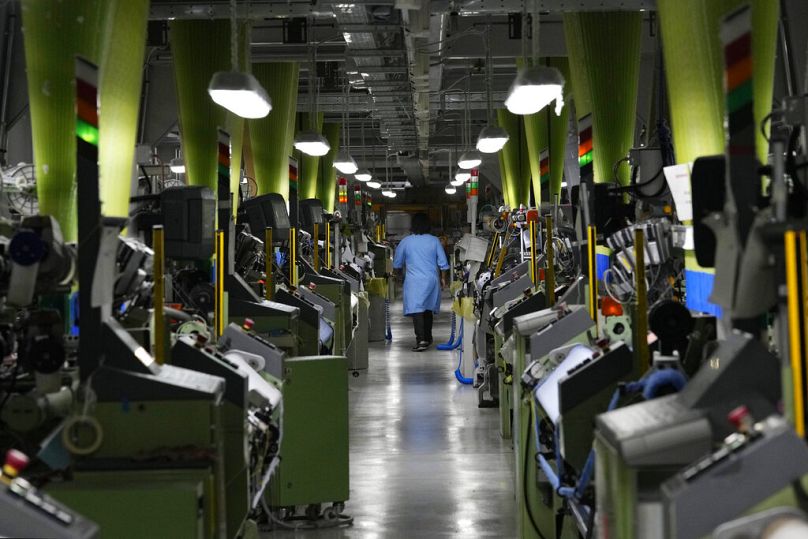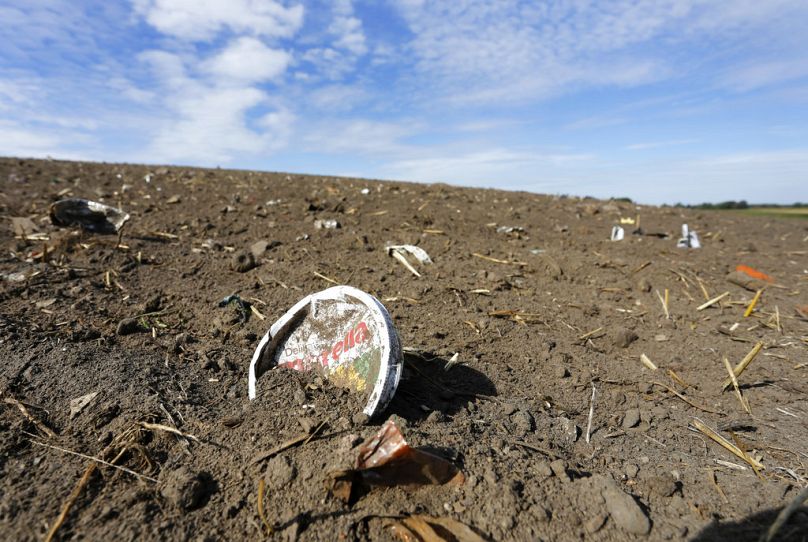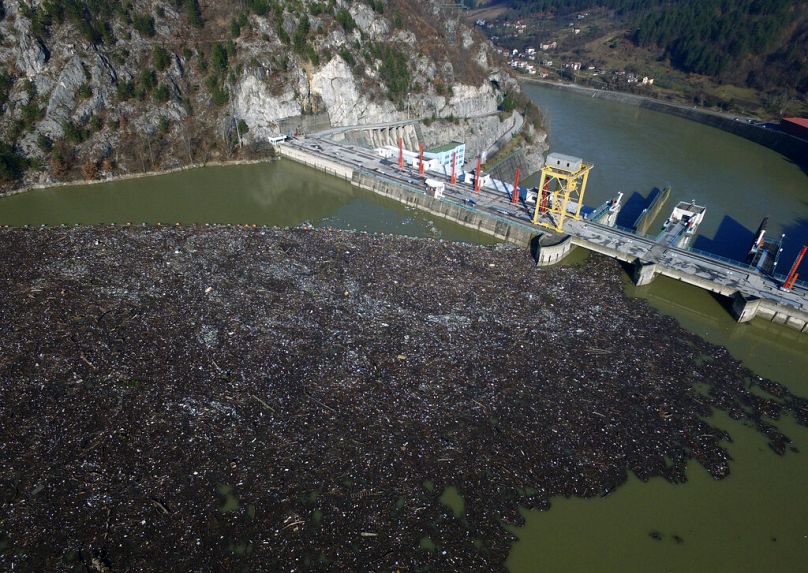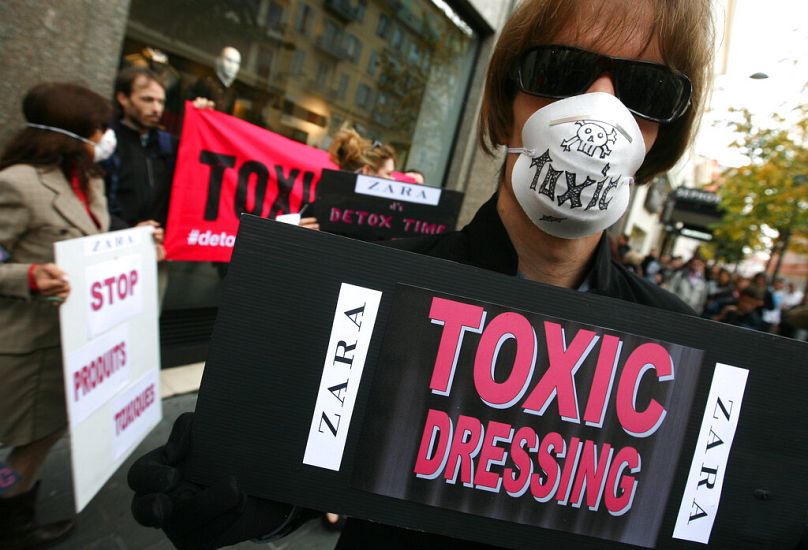Every day we don’t have filtration, more and more microplastics are released into our wastewater, end up in our food chains, and find their way into our bodies, Dr Paul Servin writes.
In 2023, most people understand that microplastics have become a major problem.
Less known is the fact that microfibres from synthetic textiles are one of the major causes of microplastic pollution.
It is reported that microplastic pollution has increased tenfold since 2005, with over 171 trillion microplastic particles now floating in our oceans.
But we’re seeing increasing debate about the biodegradability of microfibres that stem from natural materials, which are often overlooked and ignored.
Demand for cheap, fast fashion drives spike in pollution
Whilst we would typically expect natural fibres to biodegrade, they are usually coated in chemical dyes and finishes during processing which affects their biodegradability.
For example, natural cotton gets chemically modified to make it coloured, softer to the touch, more waterproof, antiwrinkle, etc. These finishes commonly applied to cotton fabrics influence the biodegradation rate.
Recent research into microfibre pollution off the east coast of Africa found that the majority of those found were from natural fibres, such as cotton and wool, as opposed to synthetics, challenging the widely held view that natural fibres pose no risk as they biodegrade.
But the reality is that natural microfibres only make up a small percentage of total global fibre production.
Synthetic textiles currently represent a 69% textile market share, and this figure is expected to reach almost 75% by 2030.
These fossil-fuel-derived fibres are so cheap that they have become ubiquitous in fast fashion.
Growing demand for fast fashion and the proliferation of these cheap synthetic textiles means microplastic pollution from textiles is only going to increase. This is where we should be focusing our attention.
How much do we really know about the impact of microplastic pollution?
Microplastics are widespread in nature, and this is a source of serious and growing concern.
Microplastics have been discovered at the top of Mount Everest and at the bottom of the Mariana Trench.
Not only are they pervasive in the environment, but also in the human body – terrifyingly, they have been found in stools, blood, lung tissue, breast milk, and the placenta.
While the health impacts are still largely unknown, a recent report has found that micro- and nanoplastics act like a “trojan Horse,” hiding harmful substances and carrying them into the human body via inhalation, absorption, and ingestion.
These harmful substances include hormone-disrupting chemicals linked to diabetes, infertility, and hormone-related cancers.
It is reported that more than half a million tonnes of microplastics are released into the world’s oceans from us washing our clothes.
This is worrying indeed, and in the EU alone, 13,709 tonnes of microplastics enter our oceans from washing our clothes every day.
Brussels wants to do something — and we have an idea how to help now
That’s why a group of NGOs, scientists, and solution providers delivered a whitepaper to the European Commission ahead of the EU’s initiative to tackle microplastics unintentionally released into the environment, due to be published on 17 May.
The whitepaper calls on the EU to mandate for filters in washing machines as the only effective near-term solution to microplastic pollution.
We all know that a variety of solutions is needed to reduce the release of microplastics in the environment. Most important is addressing overproduction and overconsumption.
Another effective remedy is improving material design, so our clothes don’t shed microfibres, but this is many years away from being a reality and requires a big mindset shift towards a more circular way to make and buy our clothes as well as significant technological advances.
Further, the majority of existing clothes that we’re all wearing today do not have these design features and, therefore, will continue to shed large amounts of microfibers.
Don't our children deserve more?
By contrast with the longer-term changes that must happen, microfibre capture solutions are effective and commercially available now.
In our opinion, filtration is, therefore, the best applicable, near-term solution to deal with this ever-growing problem.
It's clear the fashion industry must undergo significant transformation. It is recognised as one of the most polluting sectors in the world, and its impact (including that of microplastic pollution) can no longer be ignored.
Every day we don’t have filtration, more and more microplastics are released into our wastewater, end up in our food chains, and find their way into our bodies.
Is this what we want for our future generations?
Dr Paul Servin is the CSO of Xeros Technology Group, a textile innovations company dedicated to reducing water consumption and microfibres pollution.
At Euronews, we believe all views matter. Contact us at view@euronews.com to send pitches or submissions and be part of the conversation.















